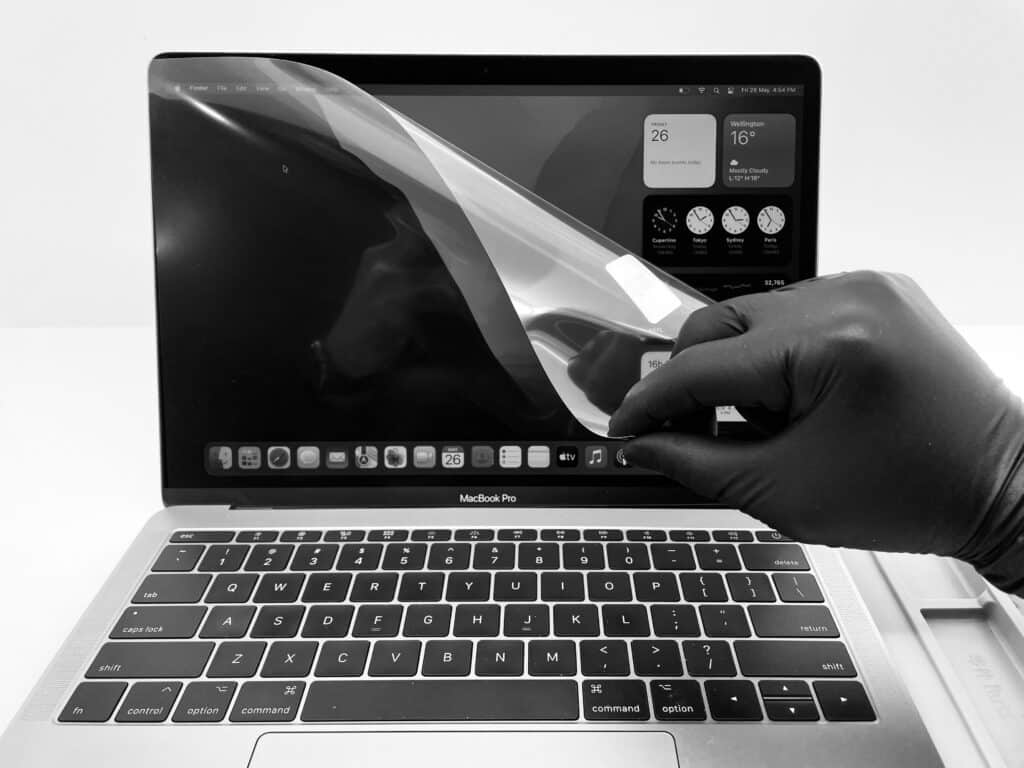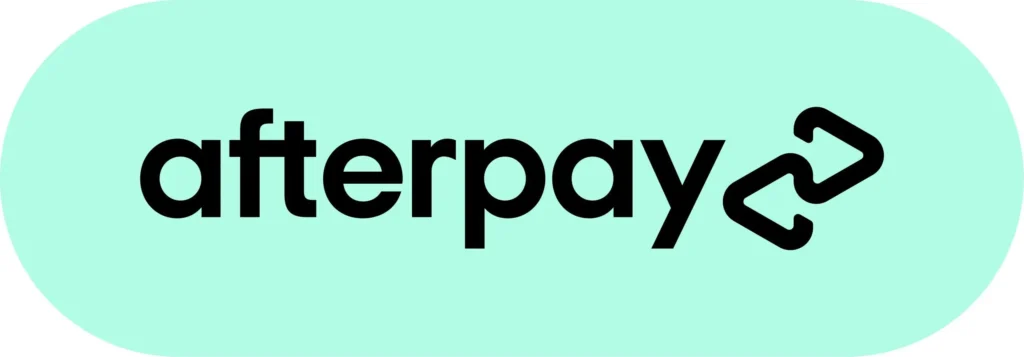Owning a Mac is a joy—until it breaks. Cracked screens, dying batteries, sluggish performance, sooner or later, even Apple’s toughest hardware needs some TLC. And when that day comes, many Mac owners wonder: can I fix this myself? Or should I leave it to Mac repair specialists?

Truth bomb: modern Macs are not exactly DIY-friendly. Apple uses a design strategy based on thinness, sealed batteries and soldered components, which makes unauthorized service at home difficult. However, in case you are adamant about rolling up your sleeves, here is what I want to tell you about which Macs do not count so much on DIYing Mac repairs, and when it pays to send for a professional.
Older MacBook Pros: The Most Repairable
If you’re looking for the easiest DIY MacBook repair, older MacBook Pro models (especially pre-2012) top the list. Why?
- Removable batteries: Unlike today’s glued-in batteries, older models let you swap a dead battery in minutes.
- Accessible RAM and drives: Many older MacBook Pros have small panels on the bottom, so you can upgrade RAM or replace a failing hard drive without special tools.
- Fewer proprietary screws: You’ll find standard Phillips screws, not Apple’s sneaky pentalobe fasteners.
For basic DIY Mac repairs, like replacing a battery, hard drive, or RAM, older MacBook Pros are your best bet.
Mac Mini: Small But Mighty (And Repairable)
The Mac Mini is another hero for do-it-yourself Mac repairs. This compact desktop packs surprising modularity:
- Easily swappable RAM: Many Mac Minis (2010–2014) have upgradeable memory.
- Accessible storage: The hard drive can be swapped, though it requires a steady hand and a bit of patience.
- No battery worries: Since it’s a desktop, no batteries to replace.
If you’re comfortable working inside small spaces and have the right toolkit, the Mac Mini is DIY-friendly compared to iMacs or newer laptops.
iMac: Surprisingly Not the Worst
People often think iMacs are impossible to fix at home. Truth is, they’re somewhere in the middle. RAM upgrades on many older iMacs are simple—there’s a small door at the back. But screen replacements or internal storage swaps are trickier, thanks to adhesive screens and fragile parts.
Basic upgrades? Possible. Major repairs? Better left to Mac repair specialists.
New MacBooks: Thin, Light, and a DIY Nightmare
Here’s the hard truth: today’s ultra-slim MacBook Air and MacBook Pro models are some of the hardest to fix at home.
- Batteries are glued in place
- Everything is tightly packed
- RAM and storage are soldered to the board
Even a basic MacBook repair, such as replacement of a battery or keyboard, comes with a lot of precision in peeling off adhesive and the risk of breaking delicate connections.
This is when pros get in action. Most of these repairs involve the tools (also steady hands) of a trusted Mac repair specialist who won’t transform your MacBook into a very costly doorstop.
What Can You Realistically Fix at Home?
For many Macs, here’s a short list of safe DIY Mac repairs:
- Replace or upgrade RAM (older MacBook Pros, Mac Minis, some iMacs)
- Swap out storage drives (same models as above)
- Battery swaps (older laptops, with easy-access panels)
Anything more complicated—like screen repairs, motherboard issues, or liquid damage—should be handled by experienced Mac repair specialists.
What You’ll Need for DIY Mac Repairs
If you do decide to tackle a MacBook repair yourself, invest in the right gear:
- A quality toolkit with Torx and pentalobe screwdrivers
- A plastic spudger and suction cups for opening cases safely
- Anti-static wrist strap to avoid short-circuiting your hardware
- A clean, organized workspace
Always back up your data before you open your device. Trust us, losing your files is worse than paying for a pro repair.
When to Call a Mac Repair Specialist
Even the most confident DIYer should know when to surrender. If you encounter any of these situations, stop and get help:
- The battery is swelling or leaking
- You can’t power on your Mac after reassembly
- Liquid damage is involved
- You’re unsure about replacing a glued-in screen
At 73inc, we see a lot of “DIY gone wrong” cases. We get it—YouTube makes it look easy. But a botched fix can double your repair cost later. Our experienced team provides honest advice, fair pricing, and fast service for all kinds of Mac repairs, whether it’s an older MacBook Pro or the latest MacBook Air.
Plus, we charge a clear diagnostic fee, and if you choose to repair with us, that fee comes off your final bill (except for complex data recovery jobs).
So, which Mac is the easiest to repair at home? If you want a stress-free DIY experience, an older MacBook Pro or Mac Mini is your safest bet. Newer MacBooks? Not so much.
When in doubt, trust the pros. Mac repair specialists like the team at 73inc handle everything from simple battery swaps to complex board repairs, saving you time, money, and the headache of trying to fix it yourself.
Need help? Reach out to us at 73inc today and see why Auckland trusts us for expert Mac repairs and hassle-free MacBook repair services.


